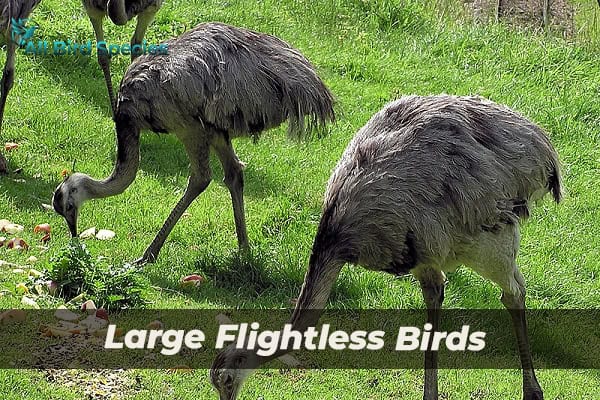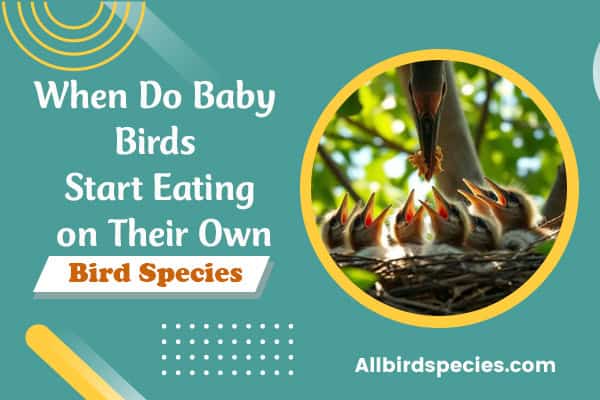Eagle Eggs: Fascinating Facts About Raptor Nests
Have you ever considered what it takes for a Bald Eagle to raise a family? Eagle eggs are more than just pretty. In the wild, they show a complex mix of timing, care, and survival skills. This article will take you into the world of these nests, egg incubation, and what affects bird behavior during this key time. Let’s see why eagle eggs are so amazing.
Introduction to Eagle Eggs
Eagle eggs are key to the life cycle of these amazing birds. The Bald Eagle, known for its beautiful feathers and wide wings, lays eggs crucial for survival. Here, you’ll learn about Bald Eagle facts related to their egg-laying and why these eggs matter in their lives.
The eggs of Bald Eagles are more than just for making more birds. They show how healthy the environment is. Learning about eagle eggs helps us see why they’re important for saving species and keeping nature balanced.
- The size and appearance of Bald Eagle eggs show how special they are.
- Nesting behavior changes with the environment.
- Eggs tell us about the health of wildlife.
These facts help us understand why eagle eggs are vital to our world. Saving these eggs means protecting the future of Bald Eagles and their homes.
What Do Eagle Eggs Look Like?
Bald Eagle eggs stand out with their unique traits. These traits make us appreciate these birds more.
Shape and Color
Bald Eagle eggs are oval with a rounded top, which helps prevent them from rolling. Most eggs are white but can be tan or brown. Sometimes, they have brown spots from dirt during incubation.
Egg Measurements
Egg size varies by location, but they are usually 5.8 to 8.4 cm long and 4.7 to 6.3 cm wide. These sizes show how eagles adapt to different places.
Weight and Eggshell Thickness
Bald Eagle eggs weigh 108 to 131 grams on average. The eggshell is about 0.6 mm thick. Before 1947, eggshells were thinner due to pesticides, lowering hatch rates. Now, protecting these eggs is key to saving the species.
When Do Bald Eagles Lay Their Eggs?
Bald Eagles’ egg-laying timing varies greatly by location. These birds have special habits that depend on their environment. They ensure that their babies will survive in spring and summer.
Timing of Egg Laying by Region
In places like Florida, Bald Eagles might start laying eggs in October. This is because it’s warmer and there’s plenty of food. But in places like Alaska, they lay eggs from late April to late May. This shows how they adjust their egg-laying to fit their environment.

How Many Eggs Do Bald Eagles Typically Lay?
Bald Eagles usually lay one to three eggs each breeding season. On average, they lay two eggs. The number of eggs can change based on the environment and the parents’ health.
Understanding Clutch Sizes
Many things affect how many eggs Bald Eagles lay. These include how much food is around, the quality of their home, and how old the adults are. If there’s a lot of food, they might lay more eggs.
When they lay two eggs, it usually means things are good for them. But if things are tough, they might only lay one egg. This shows how their choices are linked to their living conditions.
Re-laying After Egg Loss
If Bald Eagles lose some eggs, they might try to lay more. This is more likely early in the breeding season. In colder places, they might not re-lay as much because of the weather and other risks.
They have to time their breeding carefully to help their young survive.
| Clutch Size | Average Number of Eggs | Factors Influencing Size | Re-laying Possibility |
|---|---|---|---|
| 1 | 1 | Poor environmental conditions | Less common |
| 2 | 2 | Optimal conditions | Common |
| 3 | 2-3 | Abundant food supply | Possible but risky |
Incubation Process of Eagle Eggs
The process of eagle egg incubation is key for new life to start. It shows how dedicated Bald Eagles are to their eggs, helping us better understand these amazing birds.
Who Incubates the Eggs?
The female Bald Eagle usually incubates the eggs, but the male also helps out. They take turns keeping the eggs safe from predators and bad weather.
This teamwork makes a safe place for future chicks. It also makes their bond stronger.
Incubation Duration and Hatching
The eggs need to be incubated for about 35 days before they hatch. They don’t hatch at the same time; the first egg usually hatches before the others.
This happens over a 2—to 3-day period. It helps the first hatchlings get care right away, allowing them to grow strong in their new home.
Life in the Nest: Eagle Nest Behavior
Bald Eagle nests are huge and among the biggest in the world. They sit high in trees, safe from predators and perfect for watching. Both parents work hard to keep their nest and their babies safe.
Eagles return to the same nest every year. They make their nests bigger and stronger over time, fix any damage, and make sure the nest can handle the weather.
The male eagle brings food back to his family. He flies high to hunt and then returns with food. The female keeps the babies warm and safe when they are young.
This shows how important it is for eagles to work together. They make a safe place for their babies to grow, and this teamwork is key to their success.
| Aspect | Detail |
|---|---|
| Nest Size | Can reach up to 13 feet in diameter and 8 feet in depth |
| Maintenance | Yearly renovations with added materials for strength |
| Feeding | Male brings food; female cares for young |
| Nurturing | Both parents are involved in keeping nestlings warm |
Eagle Eggs and Their Predators
Eagle eggs face many challenges during their growth, mainly from predators. Knowing about these threats is important to understanding how eagles protect their nests. Parent eagles use many strategies to keep their eggs safe.
Common Threats to Eagle Eggs
Some main predators of eagle eggs are:
- Ravens
- Crows
- Hawks
- Raccoons
Even though predators can be a danger, eagles are very watchful. This helps keep the risk of harm low.
Parental Strategies to Protect Eggs
Eagle parents use many ways to protect their eggs. Some of these include:
- Covering eggs with debris when leaving the nest
- Remaining vigilant during incubation
- Ensuring one adult is present to deter potential predatory attacks
These actions show how much eagles care for their young. They work hard to keep their eggs safe from predators.
The Impact of Human Activity on Eagle Eggs
Understanding how humans affect eagles is key to helping these birds. In the 20th century, Bald Eagles almost disappeared due to pesticides and pollution. These issues hurt their ability to have babies, especially their eggs.
Effects of Pesticides and Pollution
DDT was a big problem for Bald Eagles. It made their eggs have thinner shells. This made the eggs break easily, and many couldn’t survive. It showed how our actions harm wildlife.
Conservation Efforts That Made a Difference
After seeing how many Bald Eagles were disappearing, people took action. In 1973, they stopped using harmful pesticides. Saving their homes and stopping DDT helped the Bald Eagles come back.
By 2007, these efforts paid off. The U.S. said Bald Eagles didn’t need to be on the endangered list. This shows how important conservation can be.
Read More🐦Related Articles:
| Small Brown Birds In Florida |
| What Do Ducks Eat |
| Is Birdwatching Good for Cats |
| Do Birds Eat Oats |
| Can Birds Eat Almonds |
Conclusion
Learning about Bald Eagle eggs makes us appreciate these amazing birds more. It shows how important they are in nature. From their unique eggs to how parents protect them, they all matter for survival.
Helping Bald Eagles means fighting threats like pesticides and pollution. We can make a big difference by supporting laws that protect these birds. By caring about eagle eggs, we teach others to respect and protect these birds.
The story of Bald Eagles from eggs to adults shows nature’s strength. The more we know about them, the more we want to help. Supporting efforts to save Bald Eagles helps not just them, but all living things around them.






